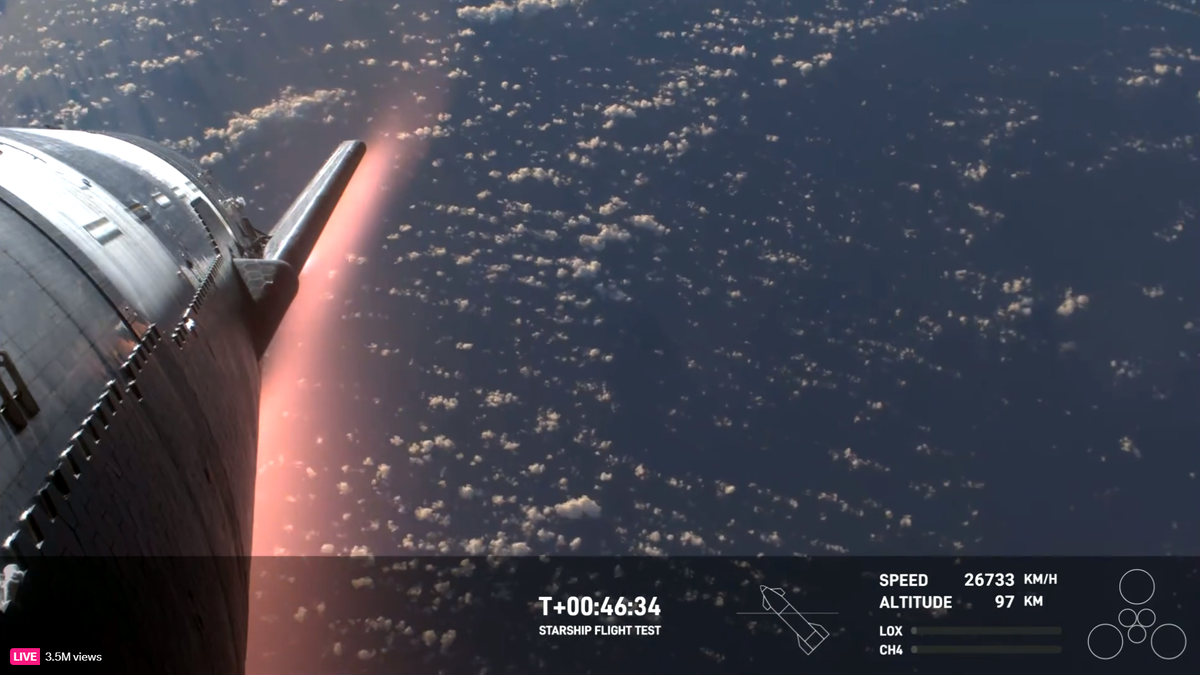The Future of Cellular Data Transfer with Curved Light Beams
Advancements in wireless technology have brought about the promise of even faster speeds with the upcoming 6G wireless networks. Rather than relying on traditional line-of-sight methods, a new frontier in data transfer is being explored through the innovative concept of “curving” light beams midair. This groundbreaking approach was detailed in a study published in Nature’s Communications Engineering on March 30.
Breaking Down the Science
5G currently stands as the pinnacle of cellular communication standards, but the arrival of 6G is anticipated in 2030 according to the GSMA, a prominent trade body. While 5G primarily utilizes bands below 6 gigahertz (GHz) within the electromagnetic spectrum, the realm of 6G is predicted to venture into sub-terahertz (THz) frequencies spanning from 100 GHz to 300 GHz, along with THz bands just beneath the infrared range.
The higher the frequency of these signals, the more susceptible they are to obstructions from physical objects due to their proximity to visible light. High-frequency 5G and future 6G signals traditionally require a direct line of sight between sender and receiver, posing a significant challenge in urban environments.
However, recent experiments have demonstrated the possibility of bending high-frequency signals around obstacles such as buildings. This novel approach marks a paradigm shift in the realm of wireless communication, offering a glimpse into the potential of 6G networks with unprecedented data rates and reliability.
Unraveling the Mechanics
The study’s researchers, led by Edward Knightly of Rice University, delved into the manipulation of photons within the THz radiation spectrum to create self-accelerating beams of light. These beams can adopt specific configurations of electromagnetic waves that curve as they traverse through space, effectively bypassing physical obstructions.
By fine-tuning the transmitters to adjust the strength, intensity, and timing of data-carrying signals, a novel pattern emerged, enabling data packets to navigate around obstacles without disruption. This breakthrough paves the way for a revolutionary method of signal transmission, where beams of light bend around objects in their path, ensuring reliable data delivery.
Towards a 6G Future
While the idea of bending light waves is not entirely new, the study’s implications are profound in propelling 6G networks closer to realization. With 6G expected to operate in the THz frequency range, capable of delivering data speeds of up to a terabit per second, the potential for monumental leaps in wireless communication technology is on the horizon.
By circumventing the need for direct line-of-sight communication between transmitters and receivers, future 6G networks could transform the landscape of connectivity, offering enhanced bandwidth and coverage. While significant challenges remain in mapping out the extent of signal curvature and transmission range, the promise of faster, more efficient wireless networks is within reach.
Although the adoption of THz spectrum for wireless communication is still in its early stages, this study represents a significant step towards realizing cellular networks that offer unparalleled speed and reliability. The future of data transfer may indeed be illuminated by the curving light beams of 6G wireless networks.
Image/Photo credit: source url





